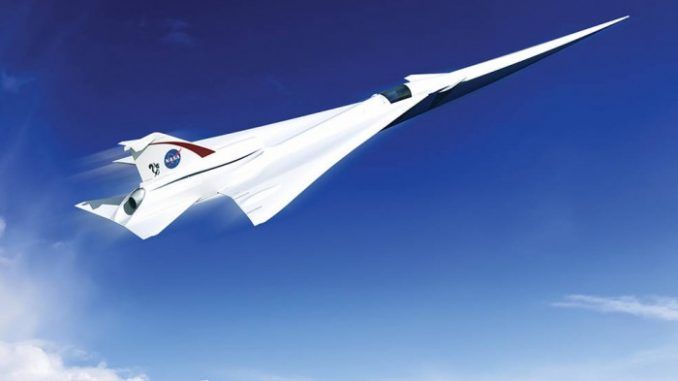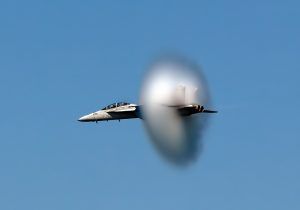
NASA in collaboration with Lockheed Martin are planning to make supersonic passenger travel a reality once again.
Concorde, the last turbojet-powered supersonic passenger jet that was made jointly by France and the U.K. was retired in 2003.
The new supersonic passenger aircraft will be much quieter and more fuel efficient and could soon be quietly traversing the skies at mach 2 speeds.

BYPASS THE CENSORS
Sign up to get unfiltered news delivered straight to your inbox.
You can unsubscribe any time. By subscribing you agree to our Terms of Use
Geek reports:
It took time for the turbojet-powered Concorde to become profitable, as both the hardware and maintenance were considerably more expensive than traditional jets. However, people were willing to pay a premium to travel across the Atlantic at mach 2, thus cutting travel time in half. One of the main issues with the Concorde was that it could only travel at those phenomenal speeds over the Atlantic. The effects of sonic booms on the ground resulted in a prohibition on supersonic flight over land, so NASA and Lockheed are trying to get rid of the boom.

This program is part of the New Aviation Horizons initiative, a ten year program to develop new aviation technologies using NASA technology. NASA has been working on the underlying tech for a few years already. The project with Lockheed with be the first real world test of NASA’s Quiet Supersonic Technology (QueSST). It is hoped that by utilizing advanced aircraft designs and maneuvers, that transitioning to supersonic flight can be done much more gracefully. A sonic boom could become a gentler “sonic thump.”
The experimental QueSST aircraft will be about half-scale of a full passenger jet, but will be used to validate the underlying ideas of quieter supersonic flight. Lockheed martin is getting $20 million from NASA to fund the design of the aircraft. Construction will be handled in a future contract competition. The hope is that when the low-boom aircraft takes to the sky, those on the ground won’t even notice when it’s flying overhead. That might finally make supersonic passenger aircraft worth developing.
NASA Langley Research Center YouTube video:
Edmondo Burr
CEO
Assistant Editor
Latest posts by Edmondo Burr (see all)
- Police Arrest Suspect In Supermarket Baby Food Poisoning - October 1, 2017
- Seoul Secures Data From Electromagnetic Interference By N Korea - September 30, 2017
- The ‘World’s First Internet War’ Has Begun: Julian Assange - September 30, 2017

Be the first to comment